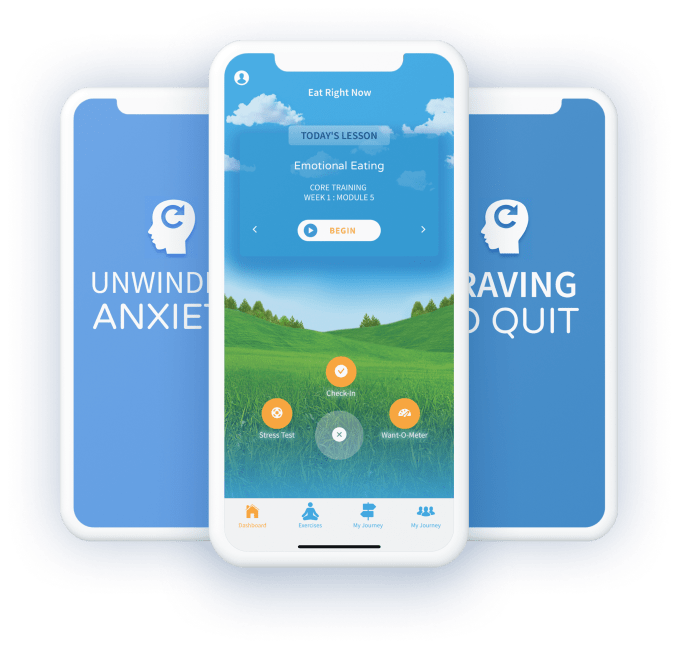Habits have a way of sneaking up on people. Some habits are good, such as returning keys to the same spot so they never get lost. Others, the bad habits, can range from being a nuisance (leaving clothes on the floor) to damaging or dangerous (pulling out of parking spaces hastily and without looking).
That latter category can be challenging to overcome. However, simply understanding how habits in general work and then being mindful of them can go a long way toward knowing how to break bad habits.
Table of Contents
- Introduction
- The Three Elements of Every Habit
- The TRIGGER Starts the Habit
- The BEHAVIOR Is the Habit Itself
- The RESULT Is How You Feel After the Behavior
- The Value of Identifying Your Bad Habits
- New Information for a New Habit Cycle
- Mapping Your Habits
- Become Conscious of Your Triggers
- Create a List of Your Behaviors
- Employ Curiosity About the Result
- Taking Your Efforts to the Next Level
- Frequently Asked Questions
- Source List
The Three Elements of Every Habit
If you’re like most people, you probably have a list of bad habits you would be happy to shed. In fact, you may have habits that are interfering with important aspects of your life, such as your ability to maintain healthy relationships with your family, work your job, or handle your general responsibilities. The first step to eradicating bad habits is to understand their nature, beginning with the fact that all habits have three elements:
- Trigger
- Behavior
- Result
These come together to create habit loops.
The TRIGGER Starts the Habit
The “trigger” is the event that sets your habit in motion. Triggering events may include things such as:
- Your boss reprimands you for being too chatty during your shift.
- Your child gets sent to the principal’s office for the umpteenth time.
- Your day or week has been generally stressful.
Even if events such as these do not, in isolation, act as triggers that drive you toward bad habits, they can serve to compound the general negative feelings underpinning your habits.
The BEHAVIOR Is the Habit Itself
The “behavior” is what you do in response to the trigger, otherwise known as the habit. Some bad habits examples may include:
- You graze or gorge on empty-calorie foods, such as whole bags of chips, to cope with job-security concerns.
- You turn to cigarettes for what you perceive as a pacifying effect to cope with anger or worries over your child’s behaviors.
- You binge-watch television shows to the detriment of other critical areas of your life, such as obtaining quality sleep, to cope with feeling overwhelmed by general stress.
The RESULT Is How You Feel After the Behavior
The “result” is the aftermath of bad habits. The result may feel welcome initially, but may soon devolve into unpleasantness that adversely affects you. For example, you may find that:
- By grazing or gorging on junk foods when you’re stressing about your job-security, your job performance could be further hindered.
- By using cigarettes as a self-soother regarding your child’s negative behaviors, you could be establishing another type of negative behavior your child may emulate.
- By binge-watching shows as a type of “release valve” for a stressful day, your stress may be compounded by sleep-deficits or a pileup of tasks that aren’t being handled.
The Value of Identifying Your Bad Habits
Your behaviors might trigger the reward centers of your brain, telling you to keep at it. However, the “rewards” may be short-lived. More importantly, they may come at the expense of far more rewarding outcomes, such as good health, financial security and meaningful relationships. When it comes to breaking bad habits, take the time to isolate the three elements of your habits and understand how your habits start. As you practice mindfulness, you will begin to recognize when the “rewards” from your bad habits are simply empty.
New Information for a New Habit Cycle
Why does mindfulness work? One answer may be how the brain perceives and processes inputs. One of the pathways in the human brain is called “the default mode network.” This collection of regions involves a variety of mental activities, including processes that involve self-reference. In a study of experienced meditators, this region was less activated versus the control group, indicating that the experienced meditators’ minds wandered less. Because wandering minds have been associated with unhappiness, this may be a key factor in how a new self-awareness is able to help you let go of bad habits.
Mapping Your Habits
Now that you have an idea of how habits form, the next step in knowing how to stop bad habits is to begin mapping your own habit cycles. You may even be starting to think of this information in the context of your own life already. That said, if you are struggling with that or not seeing the connections, not to worry, the next section will guide you in mapping your habits.
Become Conscious of Your Triggers
Each person’s triggers are different. Do your bad habits stem from thoughts and emotions, from events that happen around you in the world, or both? For example, preparing your child to go to a friend’s birthday party may go something like this:
- Thinking of your own happy childhood parties
- Thinking of how long it’s been since you enjoyed your birthdays
- Thinking of how many birthdays you’ve had
- Thinking of all you wanted to accomplish but didn’t
You get the idea. It may start from something innocent, even positive, but morph into negative thought processes that ultimately trigger the unwanted behaviors.
Create a List of Your Behaviors
You can create this list of bad habits in two ways. First, you can write down the behaviors you already know you don’t like. Second, you can consciously pay attention as triggers hit you, assess what those triggers drive you toward and then determine whether it’s a behavior you don’t want. Once you have a list, describe what you currently know about the behaviors:
- What is the behavior?
- Why are you unhappy with it?
- How does it impact your life?
- Does it negatively impact your loved ones, such as your spouse, children or pets?
Employ Curiosity About the Result
When you’re trying to break bad habits, employing a conscious curiosity about the aftereffects you experience can sometimes be the most motivating impetus for change. The effects could impact you in one or more of three ways:
- Physically: weight gain, flare-ups of inflammatory skin or digestive conditions, fatigue or daytime sleepiness
- Intellectually: brain fog, forgetfulness, confusion or inability to concentrate
- Emotionally/Psychologically: guilt, depression, inability to cope with stress, regret, anxiety, fear, apathy or sense of loss (such as losing time or money)
As you adopt active habits rather than reactive ones, you can retrain your brain to recognize that the behavior is not rewarding anymore.
Taking Your Efforts to the Next Level
Now that you know what the habit loop is and how to map it for yourself, you can use these techniques as you seek to conquer whichever bad habits plague you. This free, printable tool is a great resource for simplifying that task.
Other tools that have helped participants achieve success are the Eat Right Now app, which has enabled users to reduce food-craving eating habits by 40%; the Craving to Quit app, which has demonstrated five times more success than when smokers simply tried to cease smoking; and the Unwinding Anxiety app, which has helped users knock their anxiety down by 57%.
When you are serious about making changes but want more guidance and support for how to get rid of bad habits, lean on Dr. Jud and the resources he provides. The tools available may be effective for you to recognize your trends and reconfigure your cycles, just as they have helped many others.
Frequently Asked Questions
How long does it take to break a bad habit?
Depending on who you ask, 18 and 254 days or at least 10 weeks. Some participants who have used Dr. Jud’s Eat Right Now Craving Tool only needed to use it as few as 10 times to retrain their internal reward center and change a habit.
What are examples of bad habits?
Bad habits may include smoking; eating or drinking too much of nonnutritious things to the point that it negatively impacts your health; or letting your temper loose too easily.
Why are bad habits harmful?
Bad habits may cause rifts in your relationships; drain your money; interfere with critical areas of your life; or even endanger your or others’ health, longevity or safety.
Does everyone have bad habits?
Yes, everyone has bad habits.
What are some bad habits we all have?
Every person is unique, so no habit is shared by all. That said, common ones may include jumping down rabbit holes of research or entertainment that waste time and hold attention hostage; impulse-buying unnecessary things; or needlessly and frequently staying up too late.
What are common bad habits for your health?
Common health-afflicting habits include smoking; drinking alcohol too frequently or in too great of quantities; eating or drinking too much junk food; and distracted driving.
Why do people engage in unhealthy habits?
Habits take root due, in part, to a powerful chemical process involving dopamine. To learn about this technical topic, a great explanation can be found here.
Why is it hard to change an unhealthy habit?
Habits can become rather like an addiction, partly because both involve similar neuropathways and chemicals. For a detailed understanding, you can read this article.
Sources
- Craving to Quit: psychological models and neurobiological mechanisms of mindfulness training as treatment for addictions
- A Simple Way to Break a Bad Habit
- Habit Loops and Everyday Addictions
- How Can Family Members Play A Part In The Smoking Cessation Process?
- Smoking Cessation Dos and Don’ts of Effective Quitting
- Meditation experience is associated with differences in default mode network activity and connectivity
- A Wandering Mind Is an Unhappy Mind
- Hacking Your Brain’s “Reward System” to Change Habits
- Jud’s Free, Printable Map My Habit Tool
- How are habits formed: Modelling habit formation in the real world
- Making health habitual: the psychology of ‘habit-formation’ and general practice



